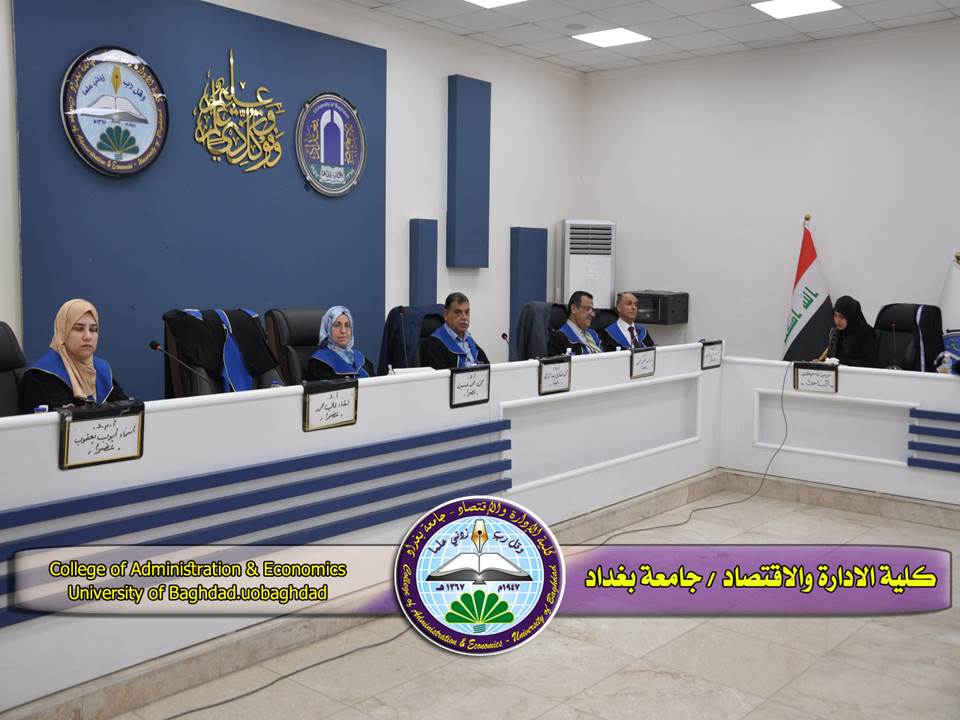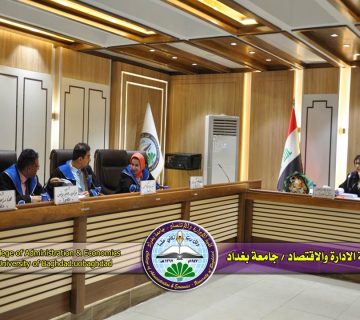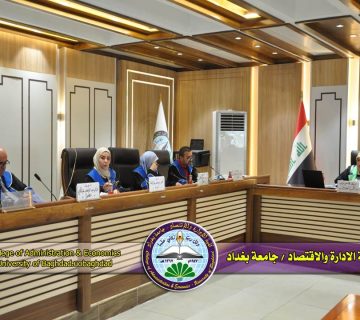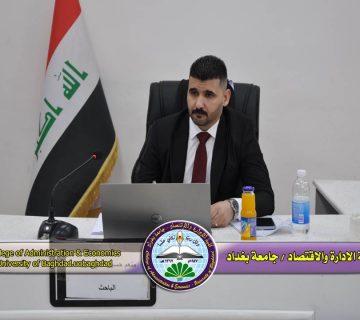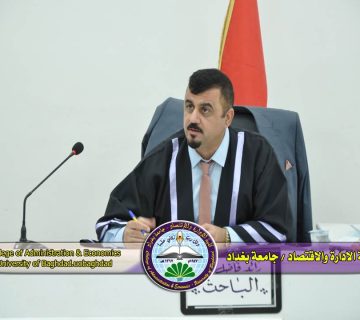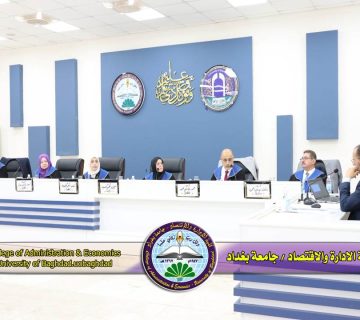The College of Administration and Economics at the University of Baghdad discussed, a PhD dissertation in field of Statistics by the student (Sawsan Qassim Hadi) and tagged with (Bayesian Estimation of the Spatial Quantile Regression Model with Application ) , Under supervision of (Prof. Dr. Omar Abdulmohsin Ali )
The Spatial Autoregressive (SAR) model is one of the modeling frameworks that refers to spatial dependence in the response variable. However, the SAR model suffers from a weakness related to the unknown variance of the residuals. Therefore, an alternative model called the Spatial Autoregressive Quantile Regression (SARQR) model associated with Quantile Regression was used. Furthermore, the SARQR model not only deals with the spatial variance issue but also works as a solution to handle problems related to non-normal data caused by extreme values. To enhance the estimation process in the presence of multicollinearity, this dissertation employs several methods, including Bayesian estimation, which is an important approach for estimating model parameters due to its ability to provide accurate estimates. Additionally, regularization methods and proposed hybrid methods are also used. The estimation methods are compared for the SARQR model by conducting various simulation experiments, assuming vectors for the model parameters and three values for the spatial dependence parameter (=0.3, 0.5, 0.8), in addition to using a heavy-tailed non-Gaussian (Laplace) distribution for the error distribution. The results of the proposed hybridization of the Bayesian approach with (Lasso, Elastic Net) penalized estimation across all quantities and for all sample sizes yielded superiority in their performance and provided robustness from a somewhat different point of view. Specifically, the proposed hybrid Elastic Net method outperformed, followed by the proposed hybrid Lasso method, and then the other methods. The experiments were conducted using R programming. To demonstrate the efficiency of the proposed hybrid methods on real data, the methods were applied to real data, specifically poverty rates in Iraqi districts. Eight explanatory variables were taken from 88 districts, with multicollinearity present. The results indicate the superiority and effectiveness of the proposed hybrid method in estimating the parameters of the SARQR model, as it produced the lowest value according to the Mean Absolute Percentage Error (MAPE) and the highest value for the coefficient of determination (R²).



